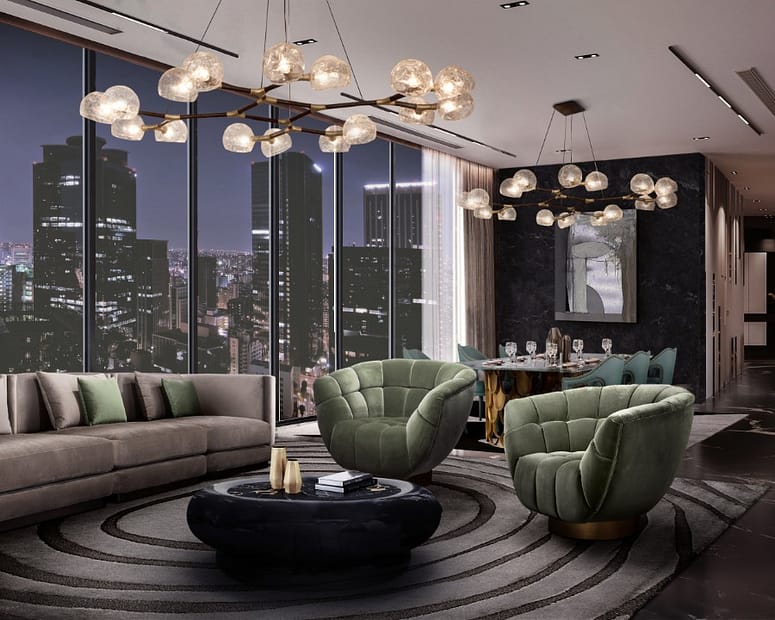Within the realm of architecture and interior design, a continual ebb and flow of trends and concepts defines the landscape. Ushering in transformative changes. The interplay between architectural structures and interior design continually pushes the boundaries. Giving rise to novel approaches that transcend conventional norms.
Embracing the Natural Connection: Rise of Biophilic Design
A notable trend gaining traction involves the integration of biophilic design principles, where designers seamlessly weave nature-inspired elements into structures. Elements such as green installations, abundant natural light, and the use of organic materials not only enhance visual appeal but also cultivate a symbiotic relationship between constructed environments and the natural world, contributing to overall well-being and eco-conscious living.
Adaptable Spaces: Responding to Evolving Lifestyles
The concept of adaptability and versatility in spatial design has become a focal point in contemporary architecture. Architects are reimagining spaces to be flexible and multifunctional, employing strategies such as open layouts, movable partitions, and adaptable furnishings. This design philosophy empowers occupants to tailor their surroundings to meet diverse needs, promoting efficiency and versatility.
Tech-Integrated Environments: The Era of Smart Living
Advancements in technology have prompted architects and interior designers to seamlessly incorporate smart solutions into spaces. Automated lighting, climate control systems, and cutting-edge security features are now integral components of design, creating environments that not only captivate aesthetically but also respond intuitively to the preferences and requirements of inhabitants.
Sustainable Living: A Pledge to Environmental Consciousness
Beyond being a fleeting trend, the commitment to sustainable design practices has become a core principle guiding modern architectural and interior design. Integrating eco-friendly materials, energy-efficient systems, and innovative waste reduction techniques, designers are shaping spaces that minimize environmental impact while prioritizing the health of both occupants and the planet.
Cultural Synthesis: Diversity Inspires Design
Globalization has ushered in a rich tapestry of cultural influences in architectural and interior design. Designers are exploring varied styles, materials, and cultural motifs from across the globe, creating spaces that reflect a seamless fusion of traditions and contemporary aesthetics. This multicultural approach not only celebrates diversity but also results in visually captivating and culturally enriched environments.
Minimalism Refined: Purposeful Simplicity
While minimalism remains a timeless design philosophy, its contemporary interpretation emphasizes thoughtful simplicity. Designers are embracing minimalism not as a reductionist approach but as a distillation of essential elements. Spaces exuding thoughtful minimalism prioritize quality over quantity, allowing each element to radiate with purpose and significance.
In this ever-evolving tapestry of architecture and interior design, these trends underscore a dedication to crafting spaces that are not just visually appealing but also attuned to the evolving needs and aspirations of their inhabitants. Looking ahead, the confluence of innovation, sustainability, and cultural diversity promises a continual reimagining of our built environment.
More on INJ Architects:

